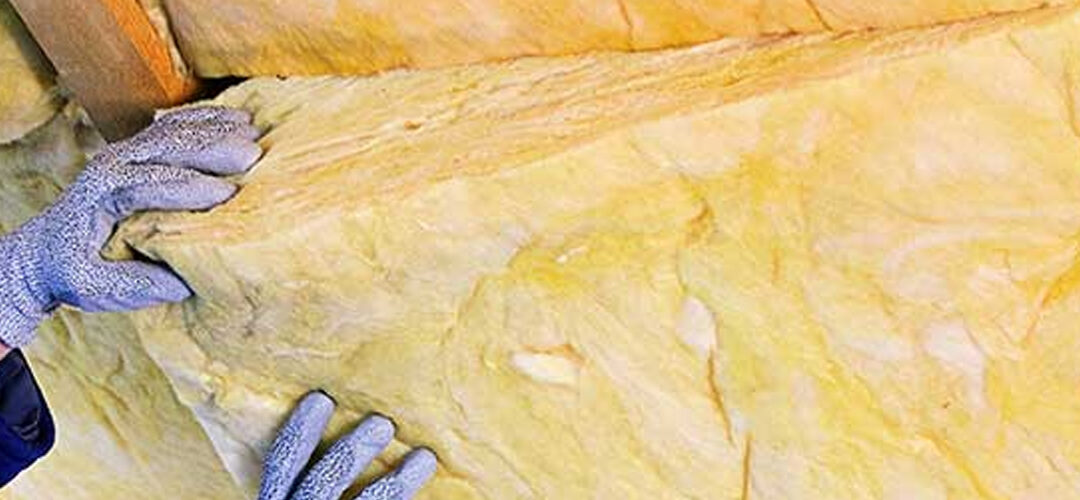Fiberglass Insulation Material is one of the most popular types of insulation used today in the US and other countries. Choosing which one to use is difficult because it can be installed in different ways and has a wide range of colors. Customers commonly inquire what the differences are between the various colors of fiberglass insulation, if any differences at all, between the white, brown, pink, green, and yellow options. Yet, the reality is less spectacular than what confused customers may expect. The color variation is typically a trademark issue.
Pink vs. Yellow Insulation Material
Every type of Fiberglass Insulation, regardless of color, functions the same way when it comes to insulating a room. All colors are made of the same basic components: spun glass fibers joined by resins at high temperatures. They can all be installed by blowing in or laying in as solid, pre-sized panels known as batts.
The main distinction between colors is that certain manufacturers have trademarked certain colors. For instance, Johns Manville has the trademark for the white and green hues of fiberglass insulation, whereas Owens Corning is the only business authorized to create pink fiberglass insulation. Hence, yellow insulation may be considered the standard color, but few differences exist.
Fiberglass Insulation and Asbestos
Although some people have expressed worries that Thermal Resistance Insulation contains asbestos, this is simply a myth based on two misconceptions. The skin, eyes, nose, and throat can get irritated by touching the insulation with bare hands or breathing in an area where fiberglass insulation has been handled. Still, this irritability is caused by the insulation’s composition, which comprises microscopic glass shards.
While working with fiberglass insulation normally poses no health risks, a cloud of irritant particles can be released when blown in instead of being put out in batts. While there is a connection between asbestos and fiberglass insulation, and thankfully, it is a positive one: As research showing the health risks of asbestos was made public, fiberglass took the place of asbestos as the predominant form of insulation. Thus, you don’t have to be concerned about asbestos exposure when buying it. Types of insulation are generally safe in today’s day and age.
Alternatives of Insulation Material
Despite the fact that fiberglass insulation is now the most popular form of insulation, there are several alternatives. Insulation made of cellulose fiber, often known as denim or blown-in insulation, and spray foam insulation are two of the most popular substitutes. Depending on the circumstance, each has advantages and disadvantages.
While fiberglass may fit into narrower places when blown in, cellulose is the most Cost-Effective Blown-In Insulation for Attics and ecologically friendly type of insulation. Nevertheless, it must be maintained dry because it doesn’t operate as a moisture seal. Spray foam is the heaviest, most costly form of insulation and requires expert installation, but it provides an air barrier that repels pests and won’t trap moisture. Both are equally effective as fiberglass insulation, although they work better under particular circumstances.
How to Identify Fiberglass Insulation
In marketing and branding, color is crucial since it influences a potential customer’s initial impression. As a result, Home Insulation Solutions manufacturers designate their batt insulation brand using various colors. The efficiency of the insulation is unaffected by color, however, and color cannot tell which insulation is better than the others because they are all functionally equivalent.
Insulation’s color often has little to do with the substance it is constructed of. The resin-based binder instead determines the final hue of the product that the maker uses to bind the glass fibers together. As a result, producers employ yellow resin for yellow insulation.
Conclusion
Best Fiberglass Batt Insulation for Homes is frequently used to maintain a suitable temperature in your house and to maintain clean, healthy air. The sort of substance the insulation is constructed from, and its efficacy cannot be inferred from the color of the insulation.
A certain color frequently identifies a single company’s brand of insulation. The insulation batts work the same whether they are yellow, white, or any other hue.
Use safety gear when working with fiberglass insulation, especially spray foam insulation, such as gloves, a mask, and goggles. It can result in allergic symptoms such as coughing and wheezing if breathed. Moreover, close touch with the skin might itch and irritate it.
Related Blog Posts:
Our service areas:
Get A Free Estimate

